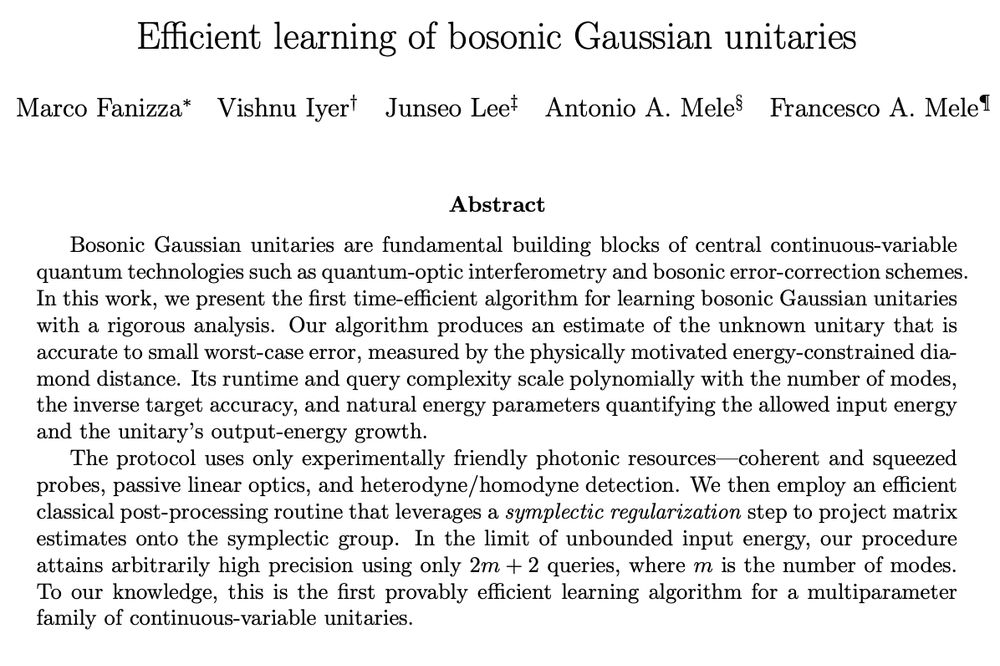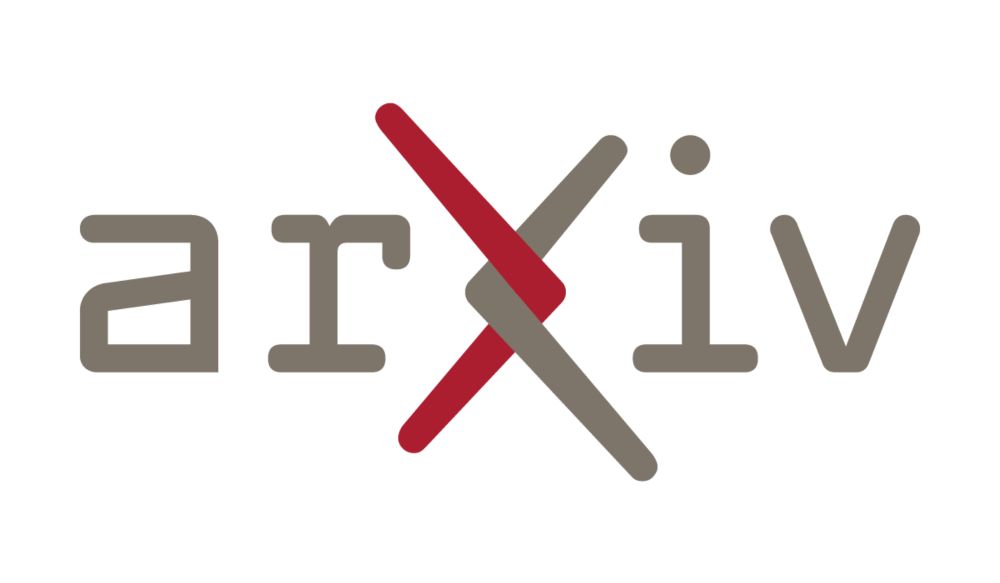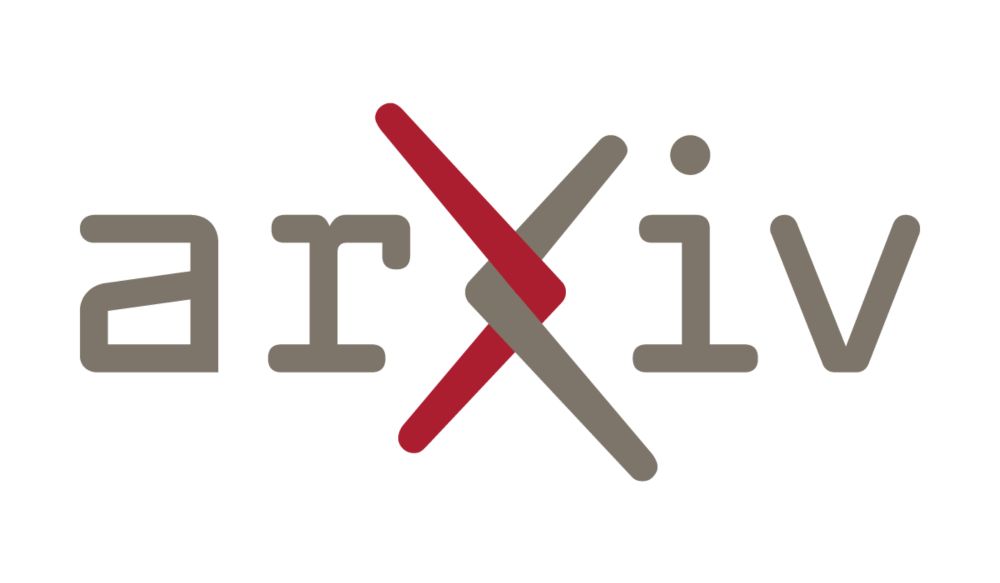
antonioannamele.com
www.nature.com/articles/s41...

www.nature.com/articles/s41...
Quantum Simulations of fermionic systems apply here: lanl.jobs/search/jobde...
Quantum Simulations for nuclear physics apply here: lanl.jobs/search/jobde...
Shares appreciated

Quantum Simulations of fermionic systems apply here: lanl.jobs/search/jobde...
Quantum Simulations for nuclear physics apply here: lanl.jobs/search/jobde...
Shares appreciated
- A complete theory of the Clifford commutant arxiv.org/abs/2504.12263.
- Efficient learning of bosonic Gaussian unitaries arxiv.org/abs/2510.05531.

- A complete theory of the Clifford commutant arxiv.org/abs/2504.12263.
- Efficient learning of bosonic Gaussian unitaries arxiv.org/abs/2510.05531.
(Italian only)
youtu.be/yzXUsDUPt8A?...

blog.google/outreach-ini... 🥳
The fellowship “recognizes outstanding graduate students doing exceptional and innovative research in areas relevant to computer science and related fields.”

blog.google/outreach-ini... 🥳
The fellowship “recognizes outstanding graduate students doing exceptional and innovative research in areas relevant to computer science and related fields.”
arxiv.org/pdf/2510.05531
It’s about efficient learning of bosonic Gaussian unitaries with provable recovery guarantees in a physically motivated accuracy metric: the "energy-constrained diamond-norm".

arxiv.org/pdf/2510.05531
It’s about efficient learning of bosonic Gaussian unitaries with provable recovery guarantees in a physically motivated accuracy metric: the "energy-constrained diamond-norm".
And indeed, when you look closely at this field, many natural and promising questions arise. For instance:
How to learn CV Gaussian unitaries?
arxiv.org/pdf/2510.05531
1/

And indeed, when you look closely at this field, many natural and promising questions arise. For instance:
How to learn CV Gaussian unitaries?
arxiv.org/pdf/2510.05531
1/
👂Huh? Yall want more? We got you covered with a NEW work
Analyzing the free states of one quantum resource theory as resource states of another
arxiv.org/abs/2507.11793

👂Huh? Yall want more? We got you covered with a NEW work
Analyzing the free states of one quantum resource theory as resource states of another
arxiv.org/abs/2507.11793
arxiv.org/abs/2507.10851
A big thanks to my collaborators @antonioannamele.bsky.social Pablo Bermejo Paolo Braccia Andrew Deneris @martinlaroo.bsky.social and [email protected]
We provide a unifying framework leading to new free operations 🧵⬇️

arxiv.org/abs/2507.10851
A big thanks to my collaborators @antonioannamele.bsky.social Pablo Bermejo Paolo Braccia Andrew Deneris @martinlaroo.bsky.social and [email protected]
We provide a unifying framework leading to new free operations 🧵⬇️
organized by Leonardo Banchi, Giacomo De Palma, Anderson M. Hernandez & Dario Trevisan, at the charming Galileo Galilei Institute. 🇮🇹
organized by Leonardo Banchi, Giacomo De Palma, Anderson M. Hernandez & Dario Trevisan, at the charming Galileo Galilei Institute. 🇮🇹
“Characterizing Quantum Resourcefulness via Group-Fourier Decompositions” lnkd.in/dQWhG4my.
Check out Marco’s great summary!
“Characterizing Quantum Resourcefulness via Group-Fourier Decompositions” lnkd.in/dQWhG4my.
Check out Marco’s great summary!
Together with the dream team- Lennart Bittel,
@jenseisert.bsky.social, Lorenzo Leone, @sfeoliviero.bsky.social - we present a full theory of the Clifford commutant ⚡, a central object in quantum information. ⚛️
📄 arxiv.org/abs/2504.12263

scirate.com/arxiv/2504.1...
The Clifford group is ubiquitous in quantum information science, with applications in benchmarking, quantum error correction and learning algorithms. Understanding which operators commute with is a powerful tool.

scirate.com/arxiv/2504.1...
The Clifford group is ubiquitous in quantum information science, with applications in benchmarking, quantum error correction and learning algorithms. Understanding which operators commute with is a powerful tool.
Together with the dream team- Lennart Bittel,
@jenseisert.bsky.social, Lorenzo Leone, @sfeoliviero.bsky.social - we present a full theory of the Clifford commutant ⚡, a central object in quantum information. ⚛️
📄 arxiv.org/abs/2504.12263

Together with the dream team- Lennart Bittel,
@jenseisert.bsky.social, Lorenzo Leone, @sfeoliviero.bsky.social - we present a full theory of the Clifford commutant ⚡, a central object in quantum information. ⚛️
📄 arxiv.org/abs/2504.12263
arxiv.org/abs/2504.11318
@antonioannamele.bsky.social posed this very interesting question to me and I'm glad to have made progress towards it.

arxiv.org/abs/2504.11318
@antonioannamele.bsky.social posed this very interesting question to me and I'm glad to have made progress towards it.

We show that deciding whether a given dataset, formed by a few Majorana correlation functions estimates, can be consistent with a free-fermionic state is an NP-complete problem.
quantum-journal.org/papers/q-202...
We show that deciding whether a given dataset, formed by a few Majorana correlation functions estimates, can be consistent with a free-fermionic state is an NP-complete problem.
quantum-journal.org/papers/q-202...
Huge thanks to my incredible coauthor Yaroslav Herasymenko for the fun collaboration! 🚀
Catch our talk at #QIP2025 to learn more!

Huge thanks to my incredible coauthor Yaroslav Herasymenko for the fun collaboration! 🚀
Catch our talk at #QIP2025 to learn more!
We show that ‘typical’ noisy circuits can be efficiently simulated classically for any local noise and circuit architecture — in contrast to fault-tolerantly designed noisy circuits. ⚡️

We show that ‘typical’ noisy circuits can be efficiently simulated classically for any local noise and circuit architecture — in contrast to fault-tolerantly designed noisy circuits. ⚡️
arxiv.org/abs/2501.13101

arxiv.org/abs/2501.13101

